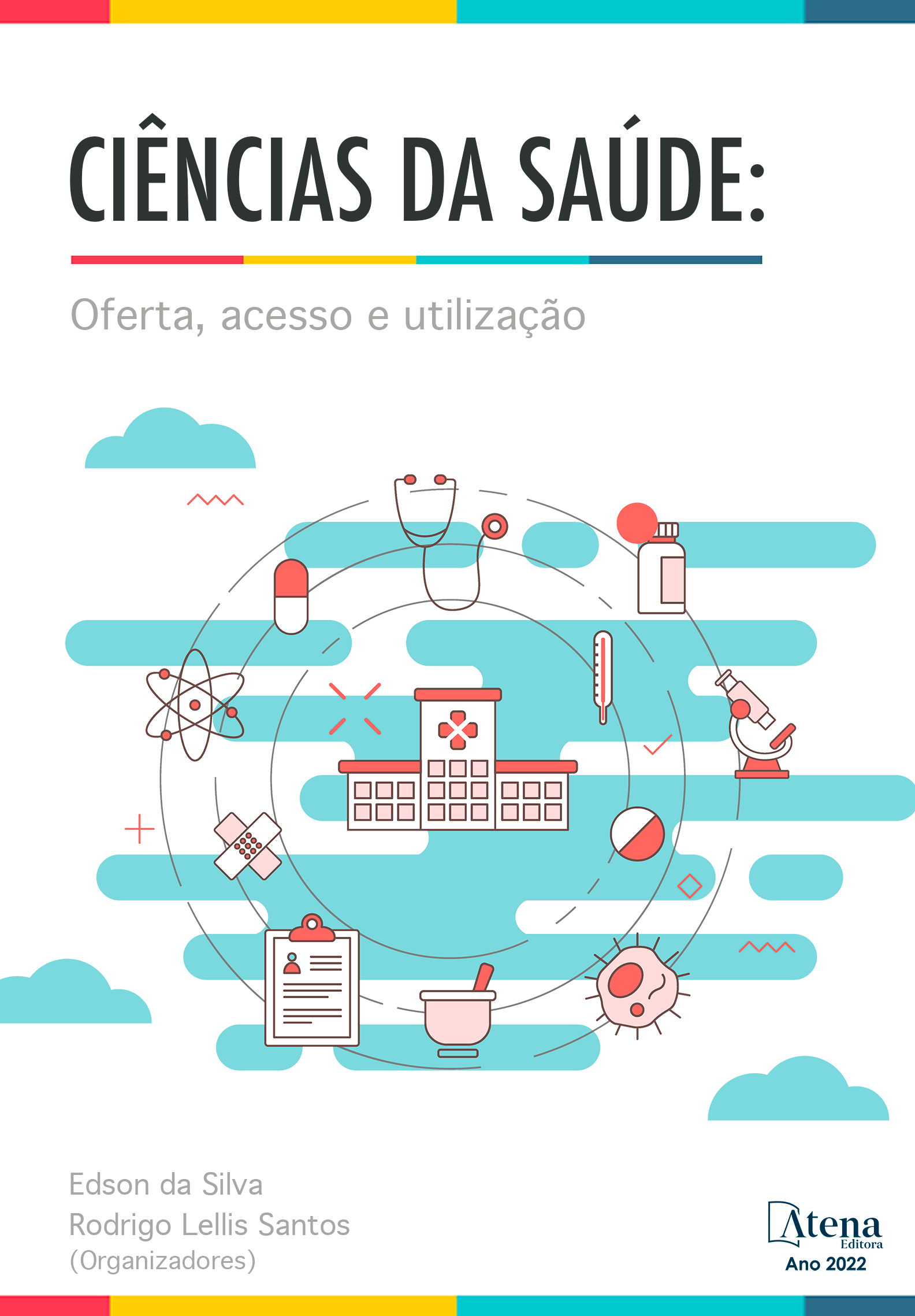
PREVALÊNCIA DA EXPERIMENTAÇÃO DE NARGUILÉ EM UMA AMOSTRA DE ESTUDANTES DE MEDICINA E ENFERMAGEM
INTRODUÇÃO: O consumo de narguilé está aumentando entre os adolescentes nos últimos anos, tornando-se uma preocupação a nível mundial. O objetivo desse trabalho foi avaliar a prevalência do uso do narguilé e nível de conhecimento em uma amostra de estudantes de medicina e enfermagem. MÉTODOS: Estudo transversal através da aplicação de um questionário com doze itens previamente testado para 36 alunos regulares de enfermagem e 85 alunos de medicina, comparando o número de usuários entre o primeiro e último ano de cada curso. O projeto foi submetido ao comitê de ética local (CAAE: 92380418.9.0000.5373). Os dados estatisticos foram calculados pelo programa SPSS. Valores de p < 0,05 foram considerados estatisticamente significativos. RESULTADOS: A idade média dos estudantes de medicina do primeiro ano foi 20,52 ± 1,19 anos e do último ano 25,88 ± 2,67, sem diferença entre os sexos (p=0,24). A idade média dos estudantes do primeiro ano de enfermagem foi 20,72 ± 4,30 anos e do último ano deste curso foi 22,72 ± 2,80, sem diferença entre os sexos (p=0,51). As prevalências referentes ao consumo de narguilé no primeiro e último ano do curso de medicina respectivamente foram de 60,6% e 65,4%. As prevalências referentes ao consumo de narguilé no primeiro e último ano do curso de enfermagem respectivamente foram de 11,1% e 66.7%. Com relação ao consumo de cigarro comum, as prevalências no primeiro e último ano de enfermagem foram respectivamente 0% e 38,9%. Houve diferença estatística entre o primeiro e último ano do curso de enfermagem tanto no consumo de cigarro comum (p=0,001) quanto de narguilé (p=0,002). Não houve diferença estatística entre o primeiro e último ano do curso de medicina no consumo de narguilé (p=0,41). Entre os alunos avaliados, a crença errônea de que fumar charutos e cachimbos seria menos prejudicial porque o tabaco envolvido tem uma menor concentração de aditivos foi declarada por 21,18% dos entrevistados. CONCLUSÃO: Seis em cada dez estudantes de medicina relataram consumo de narguilé tanto no primeiro quanto no último ano do curso. Houve também aumento significativo no consumo de narguilé e cigarro comum no último ano do curso de enfermagem. É preciso estimular campanhas educativas em nível do ensino médio e universitário sobre os malefícios do uso do tabaco em geral mas principalmente do uso de narguilé já que uma tragada do mesmo pode equivaler a um cigarro inteiro comum.
PREVALÊNCIA DA EXPERIMENTAÇÃO DE NARGUILÉ EM UMA AMOSTRA DE ESTUDANTES DE MEDICINA E ENFERMAGEM
-
DOI: 10.22533/at.ed.51622230315
-
Palavras-chave: narguilé; estudantes; prevalência
-
Keywords: hookah; students; prevalence
-
Abstract:
INTRODUCTION: The consumption of hookah is increasing among teenagers in recent years, becoming a worldwide concern. The aim of this study was to evaluate the prevalence of hookah use and knowledge level in a sample of medicine and nursing students. METHODS: Cross-sectional study through the application of a questionnaire with twelve items previously tested for 36 regular nursing students and 85 medical students, comparing the number of users between the first and last year of each course. The project was submitted to the local ethics committee (CAAE: 92380418.9.0000.5373). Statistical data were calculated by the SPSS program. Values of p < 0.05 were considered statistically significant. RESULTS: The mean age of first-year medical students was 20.52 ± 1.19 years and 25.88 ± 2.67 for the last year, with no difference between genders (p=0.24). The average age of students in the first year of nursing was 20.72 ± 4.30 years and in the last year of this course was 22.72 ± 2.80, with no difference between genders (p=0.51). The prevalence of waterpipe consumption in the first and last year of medical school, respectively, was 60.6% and 65.4%. The prevalence of hookah consumption in the first and last year of the nursing course was 11.1% and 66.7%, respectively. Regarding the consumption of common cigarettes, the prevalence in the first and last year of nursing were respectively 0% and 38.9%. There was a statistical difference between the first and last year of the nursing course in both the consumption of common cigarettes (p=0.001) and waterpipe (p=0.002). There was no statistical difference between the first and last year of medical school in waterpipe consumption (p=0.41). Among the evaluated students, the mistaken belief that smoking cigars and pipes would be less harmful because the tobacco involved has a lower concentration of additives was declared by 21.18% of the interviewees. CONCLUSION: Six out of ten medical students reported waterpipe consumption both in the first and last year of the course. There was also a significant increase in the consumption of hookah and regular cigarettes in the last year of the nursing course. It is necessary to encourage educational campaigns at the high school and university level about the harmful effects of tobacco use in general, but especially of the use of hookah, since a drag on the same can be equivalent to an ordinary cigarette.
-
Número de páginas: 18
- Beatriz Consorte de Queiroz
- Gabrielle Matakas Shiguihara
- Inês Maria Crespo Gutierres Pardo de Alexandre


